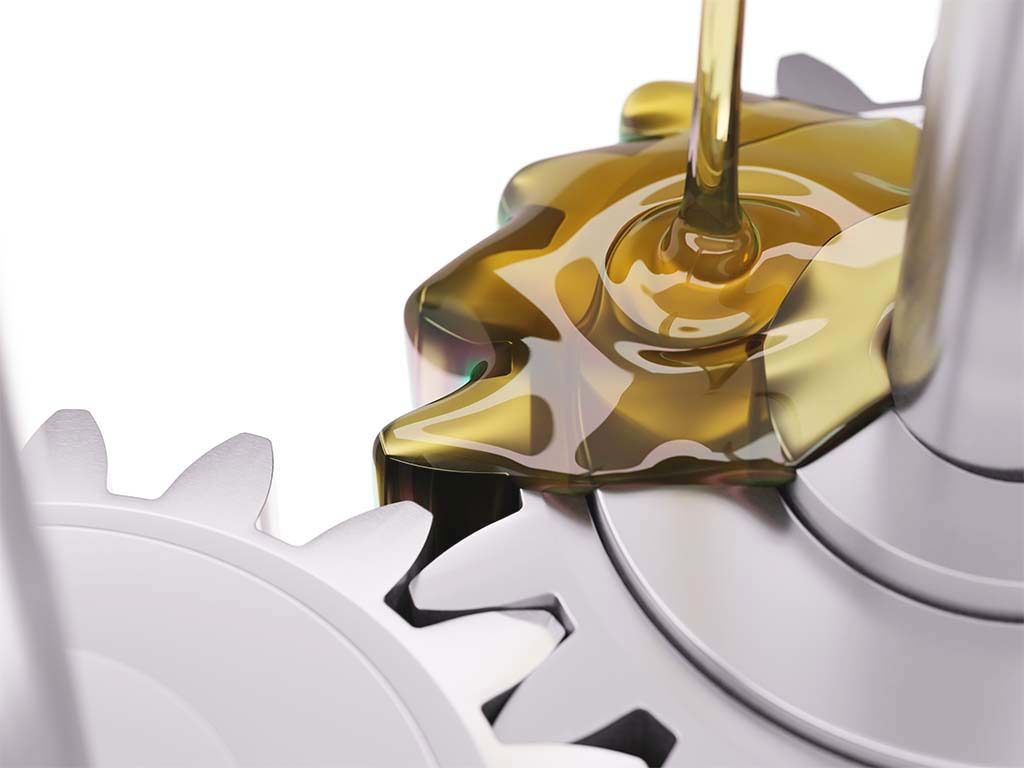
In the early days of condition monitoring (CM), vibration analysis and oil analysis were perceived as rival technologies, competing with one another for the same condition monitoring resources. Thankfully, time has brought about a paradigm shift in condition monitoring, with companies realizing the value in integrating complementary and effective technologies to better manage the health of specific machine types. In this case, oil analysis is a very complementary technology to vibration analysis which is typically the foundation for most CM programs.
When used in conjunction with one another, the strengths of vibration analysis offset the shortcomings of oil analysis and vice versa, providing a more comprehensive view of what is currently happening inside a machine. In turn, this allows the analyst to better identify potential problems and assess the severity of the condition. Vibration analysis facilitates earlier detection and control of issues like alignment, unbalance and looseness. Oil analysis can track lubricant quality, degradation, contamination and the specific makeup of those contaminants which all tie directly to component wear and these same mechanical issues.
Typically, one technique will serve as the primary indicator with the other as the secondary confirmation. Vibration analysis is generally better in early detection of equipment failures and accurately identifying the specific point of failure. Oil analysis is generally stronger in tracking the progression of failures once they are detected based on the quantity and makeup of wear particles. This is particularly true for slow speed applications as well as gearboxes, hydraulic systems, and reciprocating equipment.
Let’s take a deeper dive into how integrating vibration and oil analysis can help to better manage the reliability of common mechanical equipment.
Gearboxes
Just about every plant in the world uses gearboxes, and gearing applications are particularly tough on lubricants because of excessive heat, water intrusion, aeration, and chemically active particles such as brass and steel. Additionally, contaminants are always present that weaken the lubricating film strengths and interfere with critical lubricant film clearances. Likewise, misalignment, unbalance and looseness are also a risk depending on the configuration of the machine train, what the gearbox is coupled to and the coupling mechanism.
Occasionally, gears go bad. The most common failure modes are gear tooth wear and gear tooth fracture. Vibration analysis can be used to pinpoint exactly which gear tooth is defective and oil analysis can provide excellent results in detecting contact fatigue, abrasion, and adhesive wear, making it an excellent choice for early detection of these modes of failure.
Contrary to popular belief, when a gear tooth fails during operation, that failure may not produce a significant change in the concentration of wear particles – especially if the failure is caused by a sudden impact or defective material. However, using vibration analysis to monitor the gears can quickly, efficiently, and consistently identify broken gear teeth.
Paper Machines
Paper machines have hundreds if not thousands of roller element bearings, often on a central lubrication system with a common return line header. This is efficient from a system design standpoint, but issues tied to a specific bearing can and typically will be lost in the mix. Normally it is also impractical from a time and cost standpoint to set up hundreds of bearings for routine individual return line sampling.
A much more cost-effective approach is to use vibration analysis to monitor the condition of each individual bearing and sample only “on-condition” – when vibration analysis indicates that there is a problem.
Oil Lubricated Centrifugal Pumps
As with paper machines, pumps have rolling element bearings, making them a great fit for vibration analysis. However, because these types of pumps are often small-sump systems, they tend to get a great concentration of wear debris. For sump lubricated systems, sampling often requires an oil drain during operation which can be tricky to say the least. For these systems, relying on vibration analysis for primary machine condition monitoring and installing valves on pumps to sample “on-condition” when a fault is identified is a much easier and more cost-effective approach.
Hydraulic Systems
Hydraulics systems are challenging because they can take so many different forms. Some are equipped with gear pumps, others with vane pumps and still others with axial piston pumps. Often, speeds and loads vary as a function of the application and the machine’s duty cycle. Additionally, some systems employ cylinders, while others may utilize motors.
Oil analysis is generally the lead technology for hydraulic systems if a return-line sample can be obtained upstream of the filter. Vibration analysis is useful for pinpointing specific issues with vane pumps, gear pumps, drive motors and hydraulic motors, as long as speed and load can be fixed during the sampling process over time.
In Conclusion
Just as you wouldn’t hire a carpenter whose only tool was a hammer, we in the condition monitoring industry recognize that the power of any solid condition monitoring program lies in the successful integration of the right predictive technologies in order to obtain the most accurate data in the most cost-effective way. Knowing and successfully using the right tools makes all the difference.
Contact IVC Technologies.
